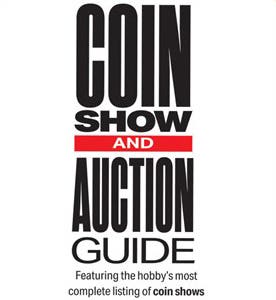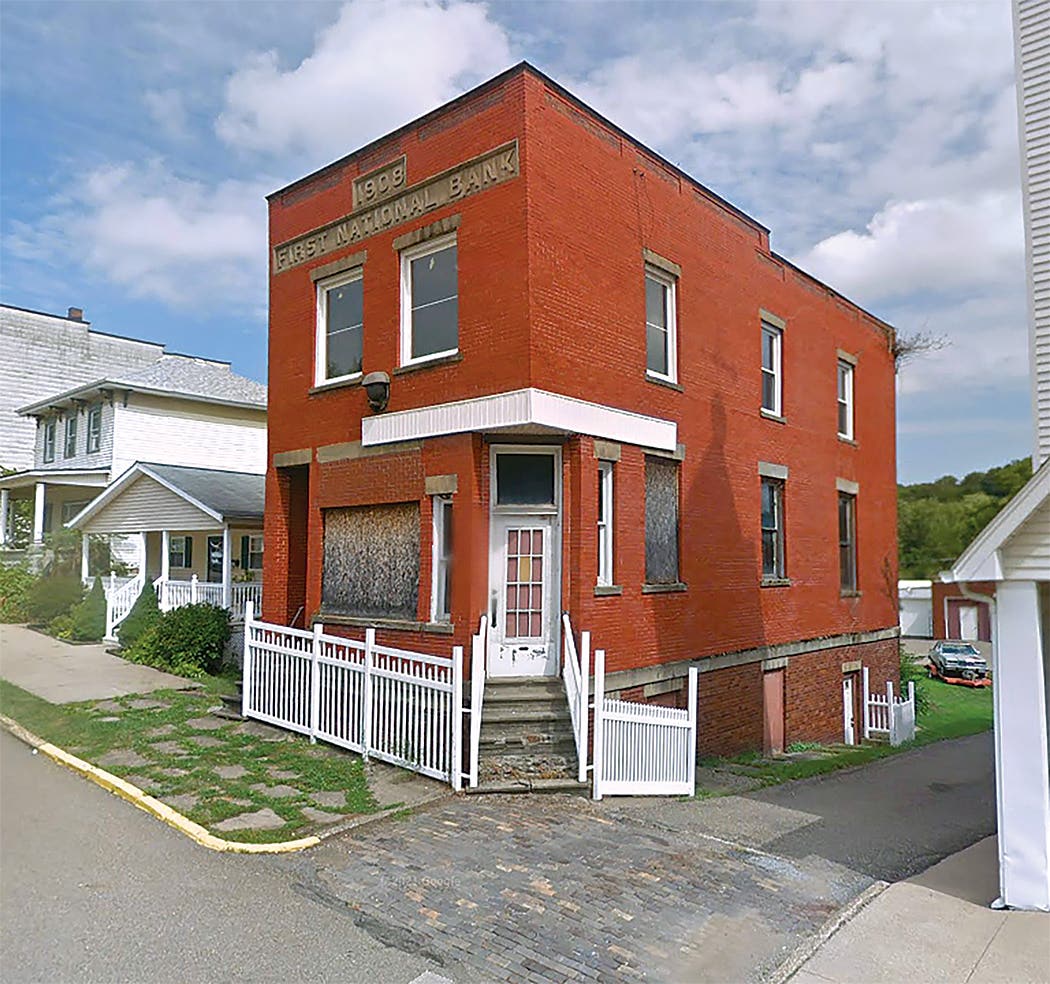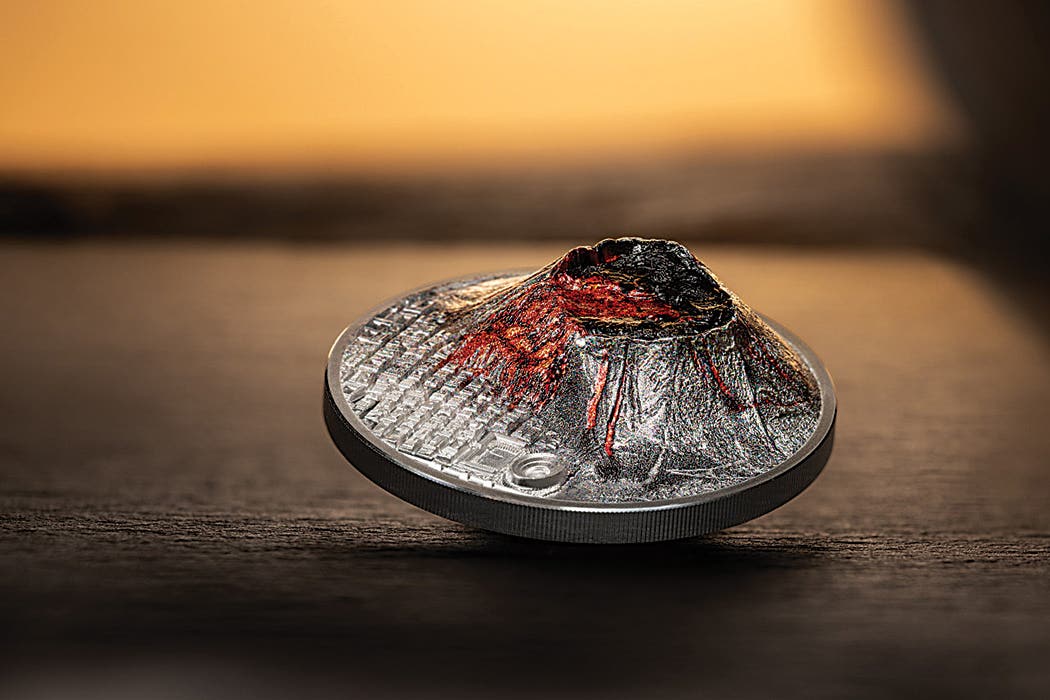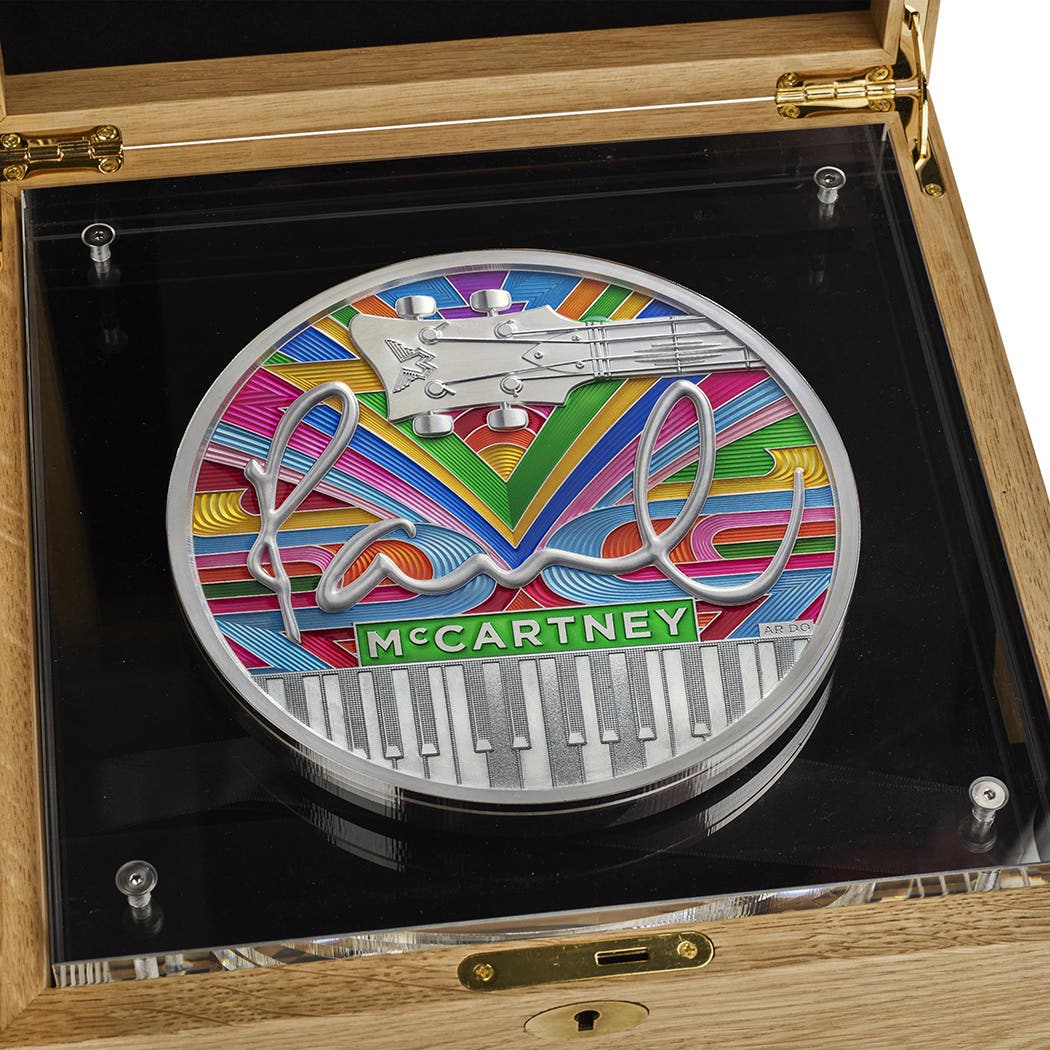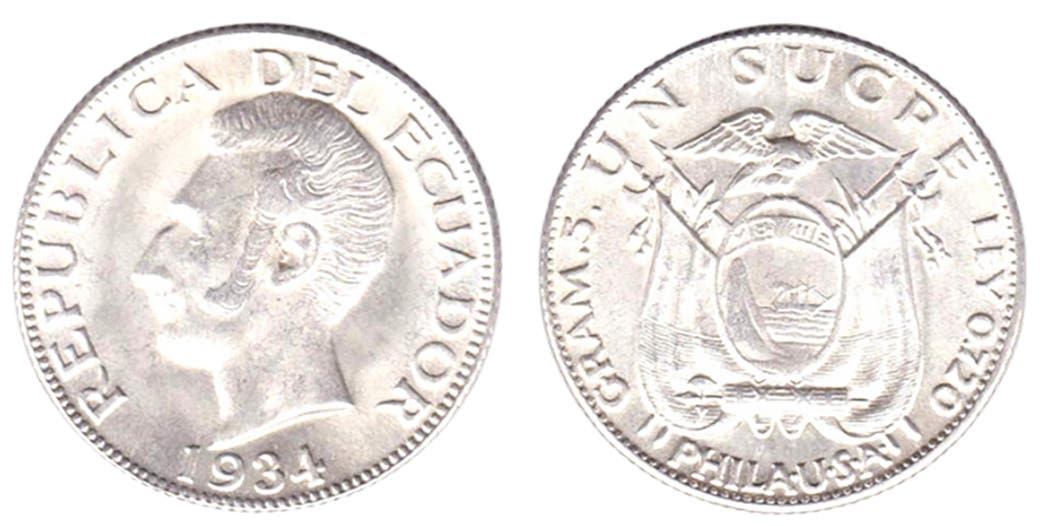Singapore Markets Replicas of Currency
Where do you draw the line? Exonumia products are produced and marketed both by privately owned and by official government mints. How should collectors treat a metal replica of a…
Where do you draw the line? Exonumia products are produced and marketed both by privately owned and by official government mints. How should collectors treat a metal replica of a currently legal tender bank note that has been issued by a government mint?
There are Series 1976 $2 U.S. Federal Reserve bank notes that someone colorized outside the Bureau of Engraving and Printing, then sold at a premium. There are metal replica’s of other U.S. bank notes that are marketed without any legal entanglements, but none of these are federal government issues.
Singapore is an independent city-state with its own circulating coins and bank notes. Bank notes are issued for circulation in denominations of S$2, S$5, S$10, S$50, S$100, and S$1,000. The S$10,000 bank note is legal tender but hasn’t been recirculated by banks since 2014. The risk of this denomination being used for money laundering outweighed the notes usefulness. For that reason, the use of this high value bank note is going the same way as has the 1,000 franc of Switzerland, European Union 500-euro, and the Canadian $1,000 note. The U.S. no longer circulates bank notes in denominations higher than $100.
According to a Singapore Mint statement, “The S$10,000 bank notes still in circulation remain legal tender, making it one of the world’s largest denomination value bank notes in circulation.” At current exchange rates a S$10,000 bank note is worth about $7,355 U.S.
How should collectors treat a one-gram weight, 0.999 fine gold foil or an eight-gram 0.999 fine silver sheet of each currently legal tender bank note denomination, any of which are produced by and available from the Singapore Mint.
These aren’t the first commemorative bank notes authorized by the Board of Commissioners of Currency, Singapore. In 1990 Singapore marked the city-state’s independence with a special overprint “9 August 1990” on S$50 notes. Singapore’s S$50 note was the first to be composed of polymer rather than paper.
A special pre-fix meant to replicate the Millennium 2000 logo was added to S$2 notes in 1999. Perhaps more confusing was the 2007 S$20 notes marking a currency agreement with neighboring Brunei. The back of the Singapore note was identical to the back of the simultaneously released Brunei $20 note. Each of these special notes were meant to be circulation commemoratives.
In 2015 Singapore issued a 50th anniversary series to mark nation building. Each of these notes was entirely different in design from notes in circulation. Brunei and Singapore once more coordinated commemorative S$50 notes two years later marking the 50th anniversary of their Currency Interchangeability Agreement. A special S$20 Singapore Bicentennial note followed in 2019.
It appears Singapore is offering an entirely new exonumia field, a field in which a government mint not only issues coin-like or bank note-like items that aren’t legal tender but are replicas of the very coins and bank notes that are currently in circulation.
It isn’t difficult to see where unscrupulous marketers could re-sell these pseudo bank notes for ridiculous premiums either due to their precious metal content or due to the items being official government issues.
Adding to the confusion, for which Singapore is not alone, are government issued plated coins that through carefully worded marketing could be confused by buyers as being pure gold or silver issues. Among these is the currently available Singapore Prosperity koi ‘auspicious coins.’ The coins feature koi fish leaping from water on the obverse, then returning to water on the reverse. There is a 0.999 fine silver one ounce version of the coin, but there is also a gold-plated version which is likewise a product of the Singapore Mint.
Is this something new? Silver plated coins, mostly meant as debased issues for circulation, have been with us since at least the time of ancient Rome.

